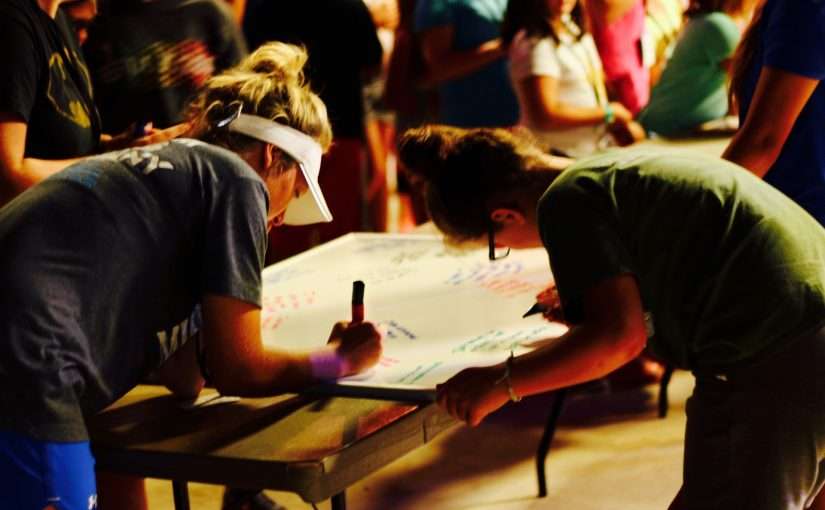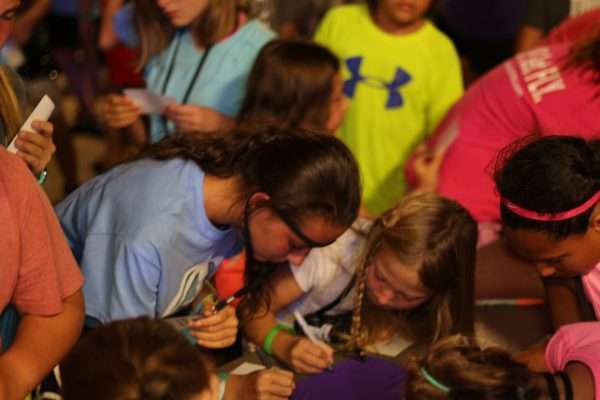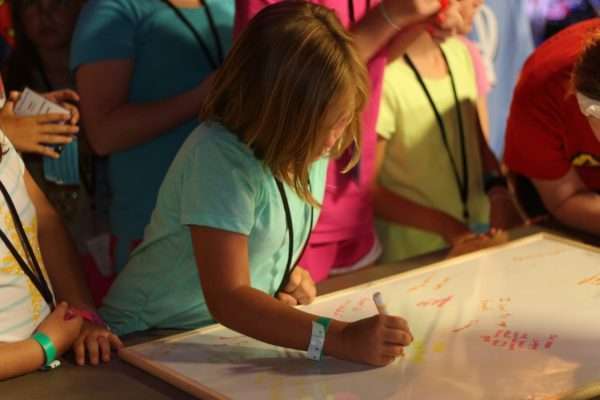Mega-bank Wells Fargo recently put out an advertisement for their upcoming “Teen Day.” In it, the wording appears to suggest that the sciences are a higher calling in life than the arts. Many celebrities in the arts took to Twitter to make the case that we should not send a message to teens that makes them think STEM (science, technology, engineering, and mathematics) is necessarily superior to the arts.

The ad could be perceived to be saying that the young woman and man were once artists (ballerina and actor, respectively), but then chose a more meaningful path in life such as one of an engineer or botanist. Celebrity Donna Lynn Champlin pointed out that the highest salary of an actor for 2016 is $64,000,000 versus the highest-paid botanist: just over $165,000. She asked Wells Fargo, “u sure ur a bank?”
In their defense, Wells Fargo apologized for the misunderstanding and removed the ad campaign.
As someone whose full-time vocation is in the arts and humanities (juggling, entertainment, and education), I have to say that I have no regrets in life for choosing the arts over the sciences. Do I think that one is more important than the other? No. In fact, I don’t think we should create such a dichotomy between the two. Life is both an art and a science. Have you ever seen great architecture? That is the blending of the arts and the sciences. In fact, what I do (juggling), is taking the physics of motion and materializing it in the form of a movement art.
But if someone (especially an aspiring teen) is dreaming of a life in the arts, we do them a disservice by trying to make them think that being a botanist is a better use of their life. The same can be said in the opposite direction. If a child wants to grow up and be a chemist, by all means we should not tell them that it would be better for them to join the circus.
I’ve been studying philosophy for a class recently and read that Aristotle made the case that though many vocations in life are clearly useful for a productive society (such as the sciences), there are other disciplines that seem less utilitarian but are just as important and “should be valued for their own sake,” such as music (the arts). Why? He said that “leisure” was a vital part of the human existence and argued that it was “noble” and contributed to the wholeness of life. He said, “To be always seeking after the useful does not become free and exalted souls” (Ozmon, Howard A. and Samuel M. Craver. Philosophical foundations of education. Eighth edition. Upper Saddle River, NJ: Pearson Prentice Hall. 2008, pp. 73-74).
I’m not anti-STEM. I am simply bothered when people think that STEM is all there is in life and education (or that it is inherently better than the arts and humanities). Life is both STEM and Art. We need both. And we should expose our children towards both and communicate to them the importance of both. And as they grow, they will each discover the unique blend of science and art that may exist in their life calling and career.





